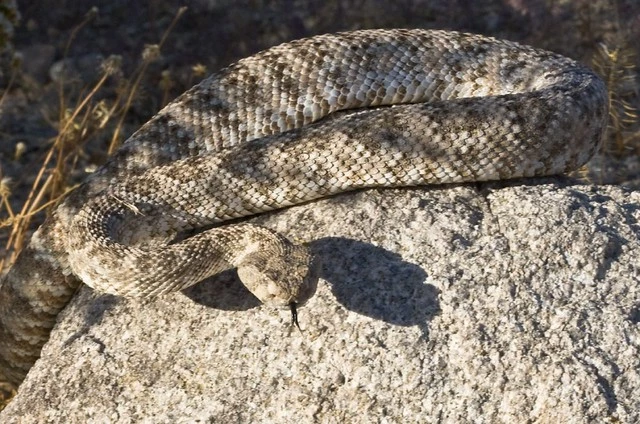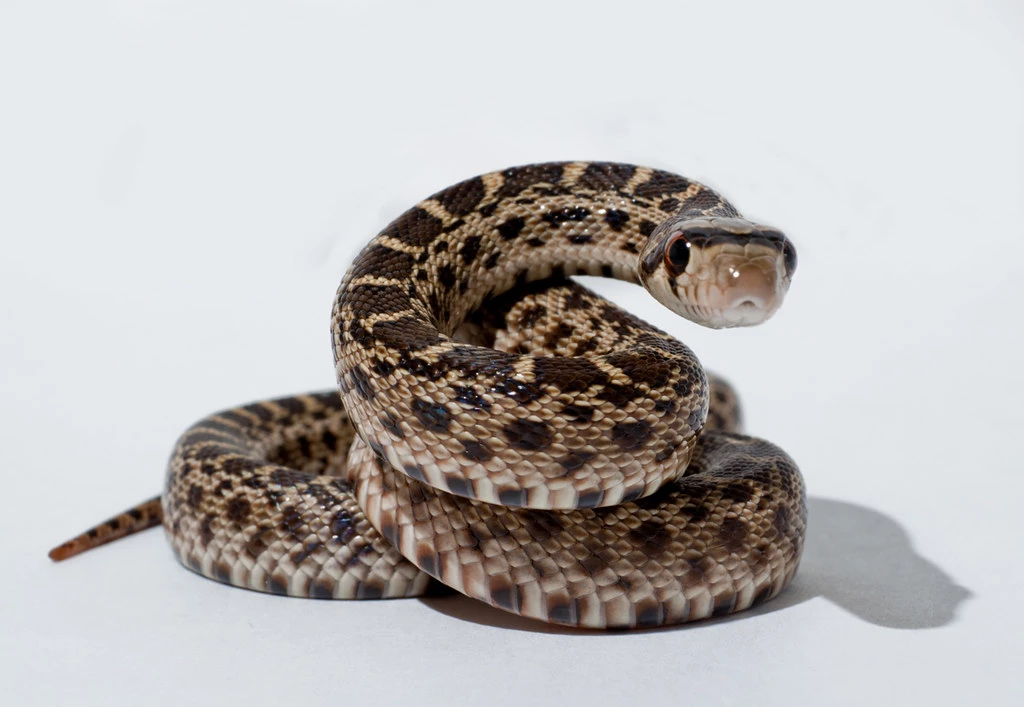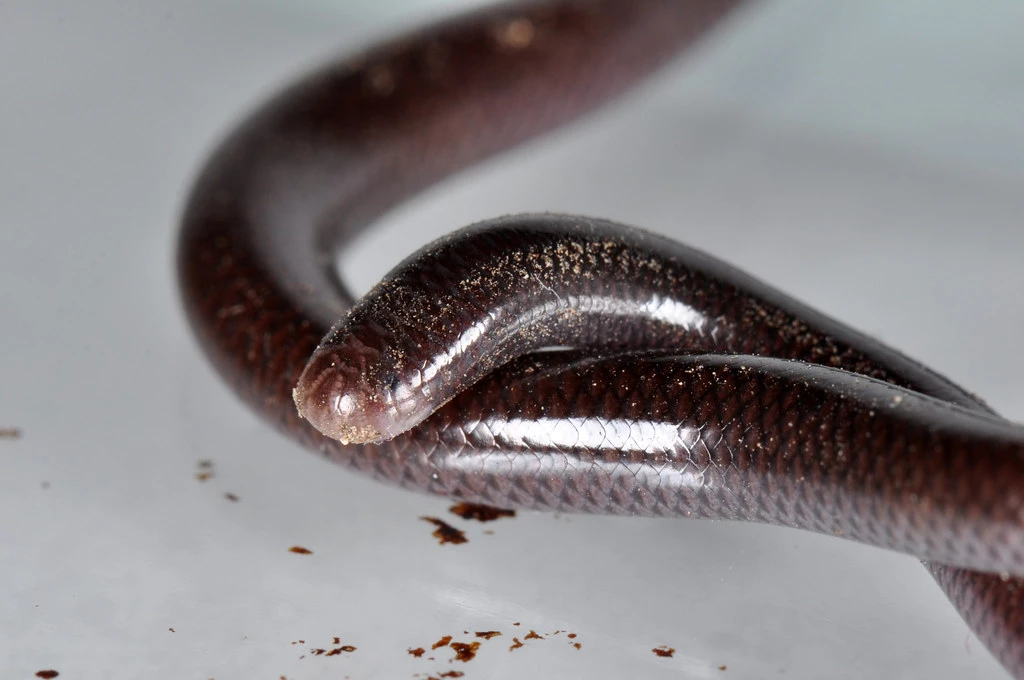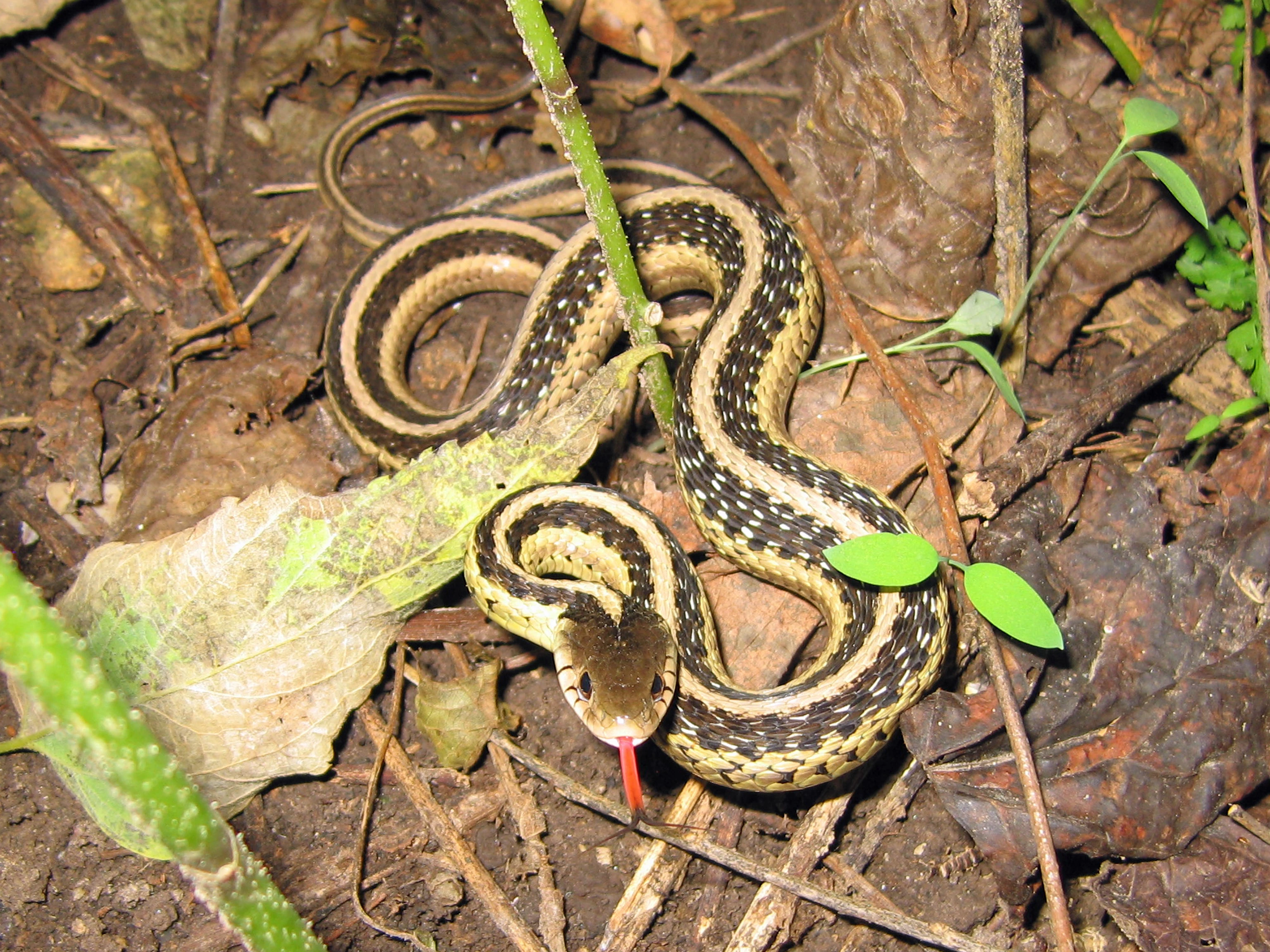Queer Snakes!
, 16 August 2019
Hi my name is Jake and I'm a Young Heritage Leader at the National Museum. I'm also an artist, a person, bisexual, I make music and am interested in loads of things. This year I'm running the museum's PRIDE stall. Since the museum currently is the home of some beautiful living snakes at the Snakes! Exhibition and since snakes (like many other animals) display a whole spectrum of gender and sexuality, I've decided to make our PRIDE presence snake-themed. There will be gummi snakes, snakes and ladders, and more - so come say hello at PRIDE!
So recently I have dedicated my time into researching snakes, I have begun to understand them as animals that reflect behaviours we see in humans. They are animals I can relate to. The field of personality research in reptiles is relatively new, but it seems to be agreed that the actions of snakes come from a place of multi-layered motive. They are distinct in their independence, from pattern to actions and relationships. Some people argue that animal sexuality is purely instinctive, but I don't think we give them enough credit; they also have emotions and intelligence and agency, just in a different way. This is why it is interesting to learn and understand how they approach life and the patterns we can see in this.
A wide spectrum of sexuality and gender fluidity has been observed within nature for a long time. These behaviours are presented through sexual activity, courtship and pair bonding.
Same sex relationships have been observed in over 500 species of animals ranging from apes to worms. Science has allowed us to discover LGBTQ+ in animal life, allowing us to better understand how natural our differences are. Snakes embody many different characteristics that fall in line with our idea of queer, this is why they are a wonderful animal representation for the LGBTQ+ community.
Common Garter Snake
Within this type of snake we can observe sex as a means of reproduction. The male and female snakes make bonds with the same gender, they choose their partners carefully. This is of interest as it allows us to see a level of thought in snakes when it comes to partnership. The common garter snake presents us with an interesting case in an understanding of reproduction with purpose. Are they 'straight'? 'Cis'? They are common garter snakes.
Gopher Snake
In these snakes we see that male courtship is not just aimed at females, it applies to all. Bonds are made between male snakes, and many adapt to the role a female. We can see within these snakes an adapting nature, a choice to become romantic with all. This allows for us to find a lack of judgment in them, this is how they proceed and it isn't seen with any negativity. Are they 'trans', 'gay', 'pan', 'genderfluid', 'nonbinary' or 'nonconforming'? They are gopher snakes, just living their best lives.
Speckled Rattlesnake
We can observe within this type that fights between same sex snakes can lead to a romantic leaning partnership.This shows us the dynamic of alpha energy becoming respect, which in turn becomes passion. It is vital to view this animal in the light of complexity, it allows for narratives to become apparent. Are they a little bit 'kinky'? Are they 'gay'? Just speckled rattlesnakes being speckled rattlesnakes.
Flower Pot Snake
This female-only species of snake produce their offspring by parthenogenesis, also known as asexual reproduction. This means they create families without the need of partners. This all-female species of snakes can self-fertilise. This breaks down our understanding of gender dynamics within the animal kingdom. It begins the journey into the adventure of partnerships without thought of reproduction, and whether romantic bonding is of any relevance to them. Are they 'asexual'? These queens of the animal kingdom are also completely blind by the way, but they don't need anyone to do whatever they like.
Hopefully this has started your journey into finding narratives in animals, it is a wonderful tool and completely discredits outdated views that judge LGBTQ+ as 'against nature'. What nonsense! It gives us power to see ourselves reflected in nature, history and the wider world. There is a story behind everything and it's our job to find those stories, it allows us to begin to understand the actions of any animal on Earth. I hope it has also taught you about LGBTQ+ in nature, this gives us a sense of calm as we observe ourselves in the wild.
If you want to get involved with the museum, join the Youth Forum or become a Young Heritage Leader, get in touch via youth.forum@museumwales.ac.uk
Check out more of Jake's work here: jakeagriffiths.com
Queer Snakes at Pride and other youth-led projects across the museum are part of the Hands on Heritage project, made possible by the National Lottery Heritage Fund's Kick the Dust Grant. Diolch en fawr to The Fund and all our National Lottery Players - keeping our fingers crossed for you!






Comments - (2)